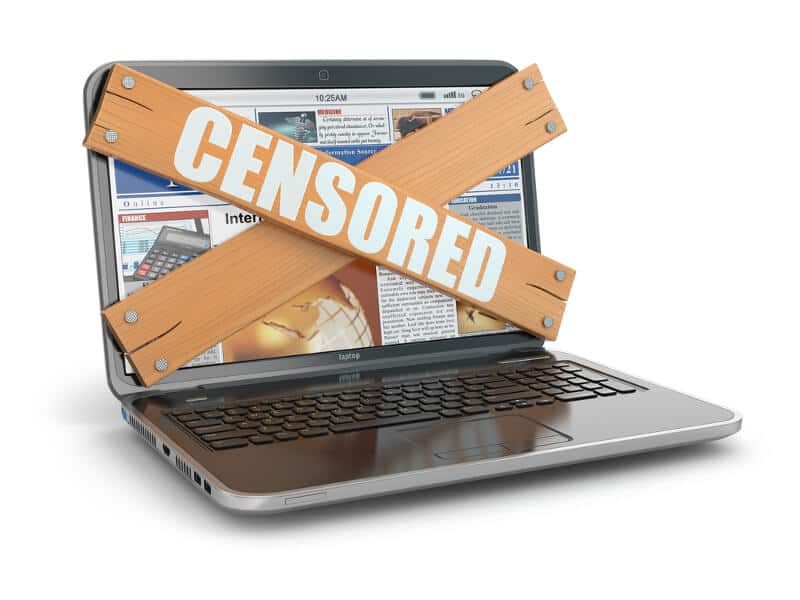What’s Wrong With Fireproof Safes?
There is nothing really wrong with a home fireproof safe. They are well designed to keep paper products from reaching a temperature that will destroy or ruin them. However they will not prevent computer data that you have backed up on CDs, DVD, or even flash drives from being destroyed. They will not protect photo slides and negatives either.
The problem is that we may not understand fireproof or fire resistant ratings that are assigned to safes. There are three basic ratings for fireproof safes by the Underwriters Laboratories. If a safe is rated for 1 hour then it must maintain the internal temperatures below the specified rating for the entire hour.
UL 350 – The safe must keep the interior temperature below 350 degrees Fahrenheit. That’s below the normal temperature for most paper products to burn, char or become useless.
UL 150 is the rating for tapes, cartridges, microfiche, and microfilm. In addition to keeping the interior at or below 150 degrees, the humidity must be below 85%.
UL 125 is the standard for diskettes. In this case, the temperature cannot exceed 125°F and 80% humidity.Humidity and water damage is important if you intend to protect electronic devices like flash drives.
Test Your Own Data Media
If you doubt the need to have a better rated home or office fireproof safe to protect your data, then you can try this simple test.
Find a couple of photo negatives or slide and a print or two that you don’t care about. Get two old CDs or DVDs with some data on them. Put one of the CDs in a jewel case.
Preheat your kitchen oven to 200 degrees and shut it off so the elements don’t turn on. The radiant heat could be greater and cause the plastic to melt even if the air temperature is only 200 degrees. Place both the CD in the jewel case and the other CD on a piece of paper and place them in your oven. Wait a few minute and you can watch the CD in the jewel case curl up. Obviously the data will never be retrieved from it. Remove the other CD carefully that you don’t bend it. When it is cooled you can put it in your computer and see if the data is intact. Sometimes it will be OK.
Now preheat your oven to 325 degrees. Don’t set it on 350 just in case your oven thermostat isn’t accurate. When the oven has reached the correct temperature, shut it off. Insert your photos, slides, and negatives on a piece of paper. Put your good CD back in the oven also on a piece of paper.
You will notice that a negative will almost immediately curl up and be destroyed. The pictures will curl a little and most likely be discolored slightly. The pictures will eventually flatten out again but there will be no hope for the slides or negatives.
The CD will remain flat but the data will be gone. You will likely be able to see bubbles in the plastic of the recording side of the CD.
Alternatives
Here are three alternatives if you want your data protected.
Get a fireproof media safe. It will protect your pictures, slide, negative, CDs, and DVDs. As shown above, a UL 125 rated fireproof safe will protect your data from heat and moisture. While a regular home fireproof safe may protect the data contents for a few minutes, the likely hood that the data will be safe longer than 15 minutes is extremely low.
Benefits of a fireproof media safe:
- The ability to quickly backup to a flash drive and immediately store your data ever night after doing a backup.
- The data is available whether or not you have internet access.
- You don’t have to pay any monthly or annual fees ones you have your safe.
Drawback of a fireproof media safe:
- The biggest drawback to a fireproof media safe is the initial cost. They aren’t cheap.
Use an online backup system. This is a very effective way to ensure that your data is safe. Well, as safe as you can expect when you are using another company to keep your data. If you don’t have very much data, you can find free services on the web.
Benefits of using online backup:
- Your data is kept in a completely different location.
- In many cases, your data can be encrypted for extra safety.
Drawback of:
- You may need to use special software. Software changes over time and so do encryption methods.
- You may find yourself converting your data or even moving it when a company goes out of business.
- There are annual fees when you have a lot of data and that will cost you more over time than a fireproof media safe.
- You can’t store some purchased software DVDs online. They often require the original DVD to reinstall the software.
- Uploading your nightly backup to the internet is not as fast as saving it on a flash drive.
Rent a safety deposit box at your local bank.
Benefits of a safety deposit box:
- You have maximum protection.
- You have offsite data protection.
Drawbacks of a safety deposit box:
- Limited access to your data. It isn’t there when you need it and you can’t secure it every night.
- Deposit boxes are really small. You can store a lot of data on DVD but you can’t put many slides and negatives in one.
- The costs of a deposit box vary greatly but they also will cost more over time than a fireproof media safe.
Conclusion
Evaluate your situation. If you don’t have much data then online backup may be the best option. If you have a lot of data and you have many purchased software packages then your best option is a home or office fireproof media safe. Whatever you do, don’t be caught with a fire in your home and office and find out that you have lost your data.






.jpg)